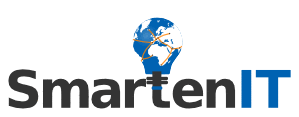The book chapter "TinyTO: Two-way Authentication for Constrained Devices in the Internet-of-Things" was accepted for publication in the book Internet-of-Things published by IGI and edited by R. Buyya and A. V. Dastjerdi. The primary purpose of this book is to capture the state-of-the-art in
Internet of Things, its applications, architectures, and technologies.
The book also aims to identify potential research directions and
technologies that will facilitate insight generation in various domains
from science, industry, business, and consumer applications. We expect
the book to serve as a reference for larger audience such as systems
architects, practitioners, developers, new researchers and graduate
level students.
[more] Book Chapter Abstract:Wireless Sensor Networks (WSNs) are expected to play a fundamental role in the future Internet-of-Things (IoT), with millions of embedded devices actively exchanging confidential information (e.g., IDs or addresses) with each other in a multi-hop manner. Ensuring secure end-to-end communication channels will be crucial to the success of innovative IoT applications, because they are essential to avoid attacks and exposure of information. End-to-end security solutions, like IPsec or DTLS, do not scale well on WSN devices due to limited resources (e.g., memory, computational capacity). In this chapter TinyTO – an optimized two-way authentication solution for tiny devices – is presented closing the gap between WSN design and end-to-end secured communication TinyTO provides confidentiality and integrity using two-way authentication within a fast and secure handshake. TinyTO works with public-key cryptography and uses Elliptic Curve Cryptography (ECC) for message encryption and authentication. ECC lowers resource consumption and, thus, suits WSN devices with 10 kByte of RAM and 100 kByte of ROM. TinyTO does not need a network-wide shared secret, it is application-independent, and it supports in-network aggregation. |
News >

